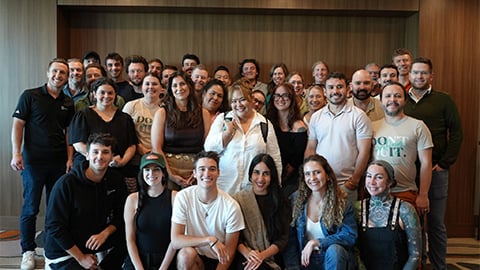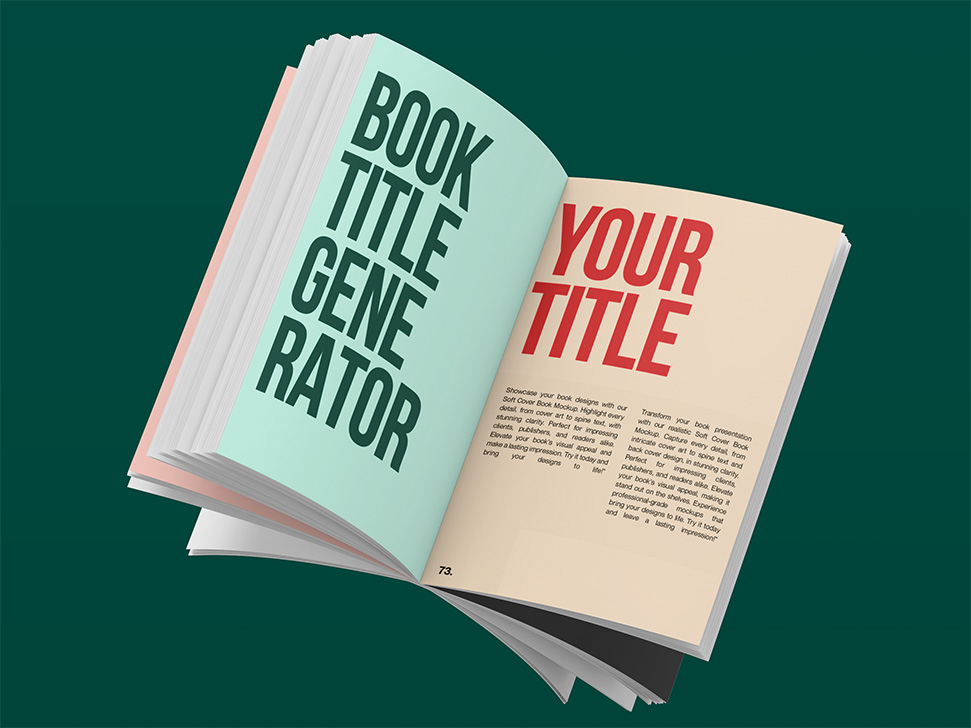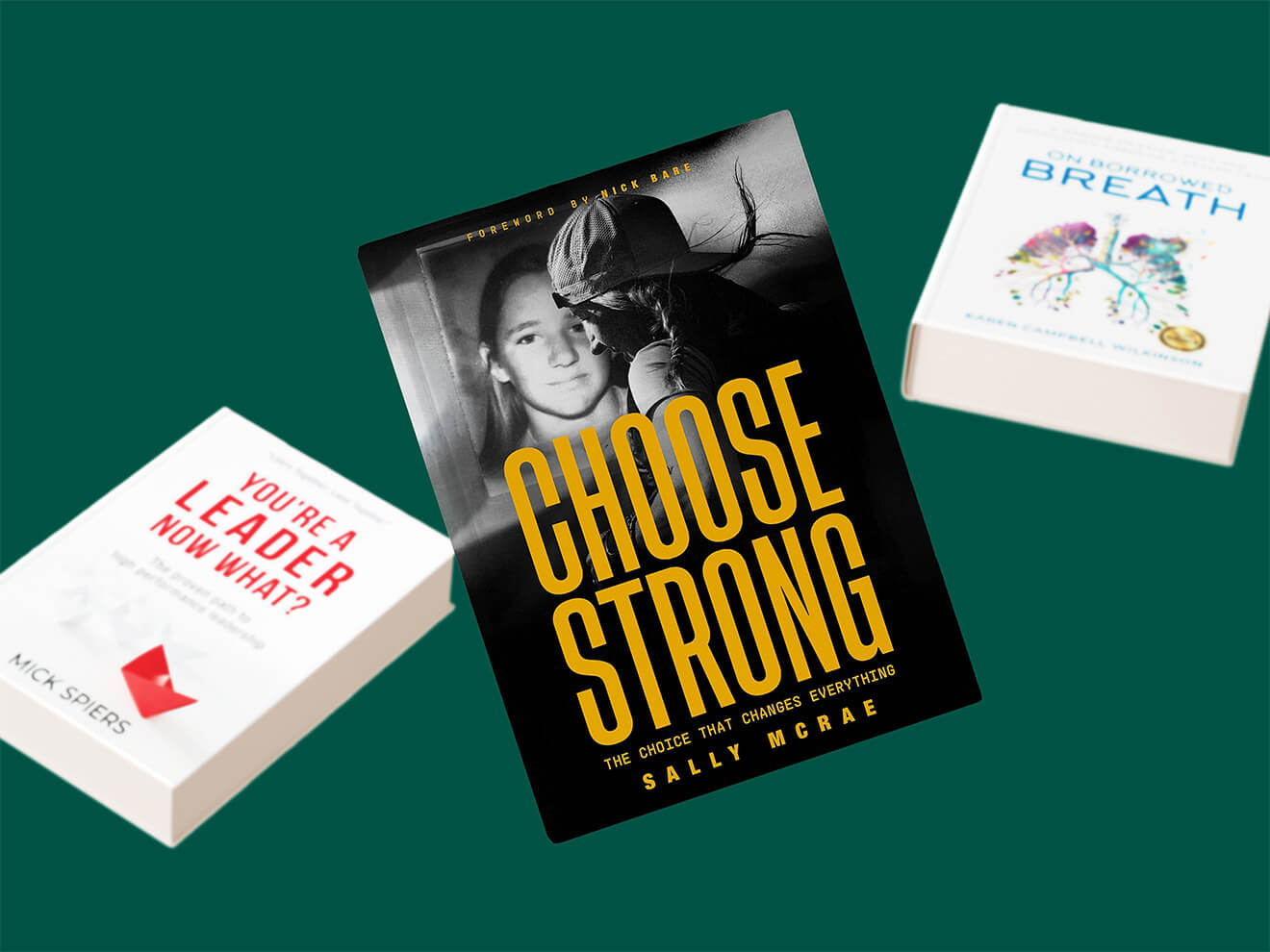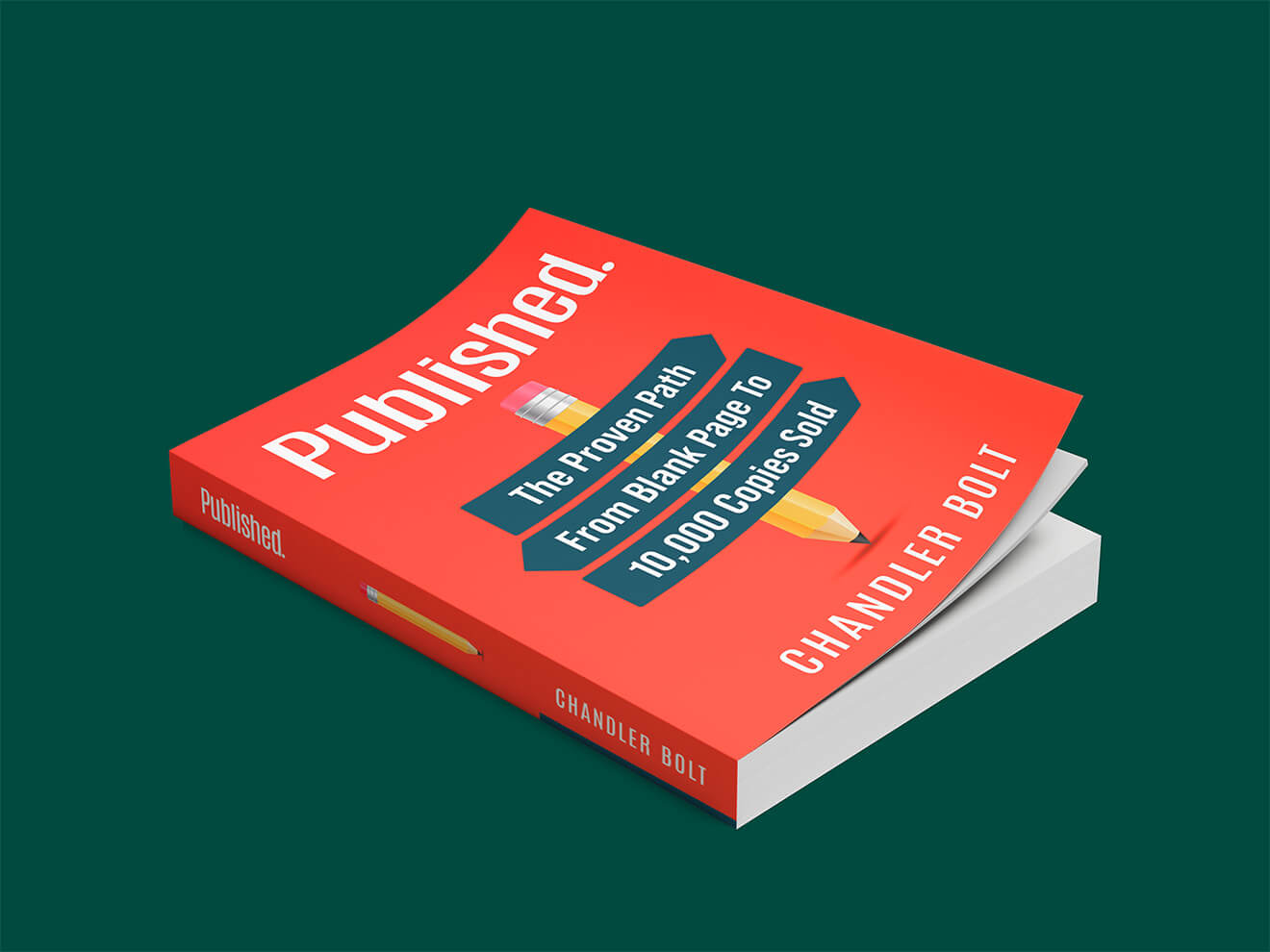In the world of writing, the difference between a forgettable sentence and a memorable one often lies in the subtle art of rhetoric.
Rhetorical devices are the tools that give language its power, transforming ordinary prose into something that resonates with readers.
For freelance writers, aspiring authors, and seasoned wordsmiths alike, mastering these devices can elevate your work, making it not just read but remembered.
What are rhetorical devices?
Rhetorical devices are techniques that writers use to craft their language in ways that enhance the impact of their message.
These tools play with the structure, sound, and meaning of words to create effects that engage, persuade, or evoke emotions in the reader.
Whether used in speeches, nonfiction books, articles, or advertisements, rhetorical devices help writers connect with their readers on a deeper level, making their words more compelling and memorable.
Writers use rhetorical devices to add depth and persuasion to their work.
These techniques can make arguments more convincing, descriptions more vivid, and narratives more engaging.
By skillfully applying rhetorical devices, writers can influence how their audience perceives their message, guiding their thoughts and emotions.
1. Alliteration

Alliteration is the repetition of the same consonant sound at the beginning of closely connected words.
Writers use alliteration to create rhythm, enhance mood, and make phrases more memorable, often adding a lyrical quality to their writing.
Example: “She sells seashells by the seashore.”
2. Allusion
Allusion is a reference to a well-known person, event, or work of art, often used to make a comparison.
This device evokes a particular image or idea in the reader’s mind by drawing on something familiar, adding depth and layers of meaning to the writing.
Example: “He met his Waterloo.”
3. Anacoluthon
Anacoluthon is a break in the grammatical sequence within a sentence for rhetorical effect.
Writers use anacoluthon to convey emotion, create suspense, or reflect a character’s stream of consciousness.
Example: “I was going to tell him—well, it doesn’t matter now.”
4. Anadiplosis
Anadiplosis is the repetition of the last word of one clause at the beginning of the next clause.
It emphasizes a point and creates a sense of continuity, leading the reader smoothly from one idea to the next.
Example: “Fear leads to anger; anger leads to hate; hate leads to suffering.”
5. Analogy
Analogy is a comparison between two things to explain or clarify an idea.
This technique helps make complex or unfamiliar ideas more relatable and understandable by drawing parallels with something the reader already knows.
Example: “Life is like a box of chocolates—you never know what you’re gonna get.”
6. Anaphora
Anaphora is the repetition of a word or phrase at the beginning of successive clauses or sentences.
By repeating a phrase, anaphora creates emphasis and rhythm, drawing attention to a central theme or idea.
Example: “I have a dream… I have a dream… I have a dream…”
7. Anastrophe
Anastrophe is the inversion of the usual order of words for emphasis or rhetorical effect.
This reversal draws attention to specific parts of a sentence, often creating a dramatic or poetic impact.
Example: “Strong in the force, you are.”
8. Antanaclasis
Antanaclasis is a rhetorical device in which a word is repeated and used in different senses.
This device adds layers of meaning and wit to writing by playing with the multiple meanings of a word.
Example: “Time flies like an arrow; fruit flies like a banana.”
9. Antanagoge

Antanagoge involves placing a good point or benefit next to a fault or criticism in order to reduce the impact of the negative point.
By balancing criticism with something positive, antanagoge softens the impact and helps maintain a more favorable tone.
Example: “The car is not pretty, but it runs well.”
10. Antimetabole
Antimetabole is the repetition of words in successive clauses, but in transposed order.
This structure creates memorable, impactful statements that highlight contrasts or contradictions in a way that sticks with the reader.
Example: “Ask not what your country can do for you—ask what you can do for your country.”
11. Antithesis
Antithesis is the juxtaposition of contrasting ideas in balanced phrases or clauses.
Using antithesis emphasizes the difference between two ideas, adding depth and contrast to the writing.
Example: “It was the best of times, it was the worst of times.”
12. Aporia
Aporia is the expression of doubt, often feigned, by which a speaker appears uncertain about what they should say or think.
This technique engages the reader by inviting them to ponder the question, adding a layer of introspection.
Example: “To be, or not to be, that is the question.”
13. Aposiopesis
Aposiopesis is a sudden breaking off in the middle of a sentence, leaving it unfinished.
Writers use this to convey intense emotion or suspense, allowing the reader to fill in the gaps.
Example: “I’m so angry, I could—!”
14. Apostrophe
Apostrophe is the act of addressing an absent person, an abstract idea, or an inanimate object as if it were present and capable of responding.
This device allows writers to convey deep emotions or create a sense of immediacy by bringing abstract concepts or distant entities to life.
Example: “O Death, where is thy sting?”
15. Asyndeton
Asyndeton is the omission of conjunctions between parts of a sentence to create a concise, impactful statement.
This technique speeds up the rhythm of a passage, creating a sense of urgency or emphasizing each element equally.
Example: “I came, I saw, I conquered.”
16. Chiasmus
Chiasmus is a rhetorical or literary figure in which words, grammatical constructions, or concepts are repeated in reverse order.
Writers use chiasmus to create balance and symmetry in a sentence, often highlighting a significant contrast.
Example: “Never let a fool kiss you or a kiss fool you.”
17. Climax
Climax involves arranging words, phrases, or clauses in an order of increasing importance.
This structure builds intensity, leading the reader towards a powerful conclusion or the peak of a narrative.
Example: “He risked truth, he risked honor, he risked life itself.”
18. Conduplicatio
Conduplicatio is the repetition of a key word from a preceding clause or sentence at the beginning of the next.
This device reinforces a particular idea and strengthens the connection between consecutive thoughts.
Example: “She loved him; loved him with all her heart.”
19. Diacope
Diacope is the repetition of a word or phrase with one or two intervening words.
Writers use diacope to create emphasis and rhythm, adding a dramatic or poetic touch to their sentences.
Example: “The horror! The horror!”
20. Epanalepsis

Epanalepsis is the repetition of the initial part of a clause or sentence at the end of the same clause or sentence.
This technique emphasizes a key idea and can create a sense of completeness or closure.
Example: “The king is dead, long live the king.”
21. Enthymeme
An enthymeme is a rhetorical syllogism in which one premise is left unstated.
This method engages the reader by encouraging them to fill in the logical gaps, making the argument more interactive.
Example: “He must be a good man, he is a priest.”
22. Epistrophe
Epistrophe is the repetition of a word or phrase at the end of successive clauses or sentences.
This repetition creates emphasis and rhythm, reinforcing the central idea in a memorable way.
Example: “See no evil, hear no evil, speak no evil.”
23. Epizeuxis
Epizeuxis is the repetition of a word or phrase in immediate succession for emphasis.
This device intensifies the impact of a statement, making the repeated word stand out sharply.
Example: “The horror, the horror!”
24. Euphemism
Euphemism is a mild or indirect word or expression substituted for one considered too harsh or blunt.
Writers use euphemisms to soften the impact of difficult or uncomfortable topics, making them more palatable for the reader.
Example: “He passed away” instead of “He died.”
25. Hyperbole
Hyperbole is an exaggerated statement or claim not meant to be taken literally.
This technique is used to create a dramatic effect or to emphasize the extent of a situation.
Example: “I’m so hungry I could eat a horse.”
26. Hypophora
Hypophora is a figure of speech in which the speaker poses a question and then immediately answers it.
This approach is used to engage the reader and guide them toward a particular line of thought or argument.
Example: “What’s the secret to success? Hard work and perseverance.”
27. Irony
Irony is the expression of something which is contrary to the intended meaning; the words say one thing but mean another.
This device is often used to convey sarcasm, humor, or to highlight a contrast between expectations and reality.
Example: “Oh, great! Another rainy day. Just what I needed.”
28. Litotes
Litotes is a form of understatement in which a positive statement is expressed by negating its opposite.
Writers use litotes to express modesty, soften the impact of a statement, or add a subtle, understated tone.
Example: “It’s not exactly a walk in the park.”
29. Metaphor
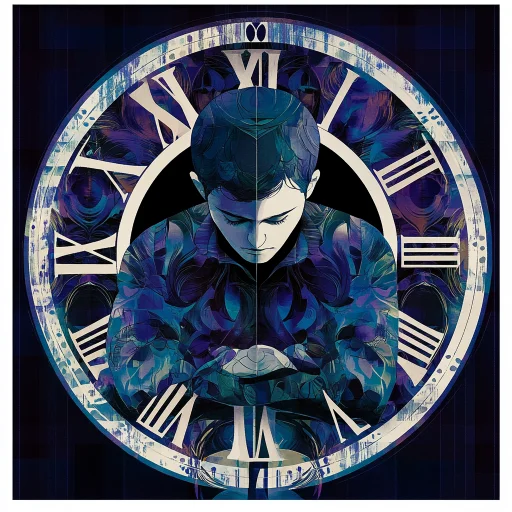
Metaphor is a figure of speech that refers to one thing by mentioning another, implying a comparison without using “like” or “as.”
This device creates vivid imagery and deepens the reader’s understanding by equating one idea with another.
Example: “Time is a thief.”
30. Metonymy
Metonymy is the substitution of the name of an attribute or adjunct for that of the thing meant.
Writers use metonymy to create a more poetic or concise expression by referring to something closely related to the concept they mean to convey.
Example: “The pen is mightier than the sword.”
31. Onomatopoeia
Onomatopoeia is a word that imitates the natural sound of a thing.
This technique enhances descriptions by appealing to the sense of sound, making the writing more vivid and engaging.
Example: “The bees buzzed.”
32. Oxymoron
Oxymoron is a figure of speech in which apparently contradictory terms appear in conjunction.
This device reveals a deeper truth or creates a dramatic effect by juxtaposing opposites.
Example: “Deafening silence.”
33. Paradox
Paradox is a statement that contradicts itself but may reveal a hidden truth.
Writers use paradox to provoke thought and highlight the complexities or contradictions in a situation.
Example: “This is the beginning of the end.”
34. Paralipsis
Paralipsis involves giving emphasis by professing to say little or nothing about a subject.
This device draws attention to something by deliberately pretending to pass over it, often for ironic or persuasive effect.
Example: “I won’t even mention the fact that he was late.”
35. Parallelism
Parallelism is the use of components in a sentence that are grammatically the same or similar in construction, sound, meaning, or meter.
This technique creates balance, rhythm, and clarity, making the writing more persuasive and memorable.
Example: “Easy come, easy go.”
36. Pleonasm
Pleonasm is the use of more words than necessary to convey meaning, either as a fault of style or for emphasis.
Writers might use pleonasm to reinforce an idea or to add a particular tone or rhythm to their writing.
Example: “I saw it with my own eyes.”
37. Polysyndeton
Polysyndeton is the use of several conjunctions in close succession, especially where some could otherwise be omitted.
This technique slows down the pace of the sentence, adding weight and emphasis to each element listed.
Example: “We lived and laughed and loved and left.”
38. Prolepsis
Prolepsis is the anticipation and answering of possible objections within a speech or text.
By addressing counterarguments before they arise, writers can strengthen their position and make their argument more convincing.
Example: “You might say that this is a bad idea, but I believe it will work because…”
39. Simile
Simile is a figure of speech comparing two unlike things that is often introduced by “like” or “as.”
Writers use similes to create vivid imagery and make descriptions more relatable by drawing direct comparisons.
Example: “As brave as a lion.”
40. Syllepsis

Syllepsis is a figure of speech in which a word is applied to two others in different senses.
This device adds wit and complexity to writing by using a single word to link different ideas or meanings.
Example: “He stole my heart and my wallet.”
41. Synecdoche
Synecdoche is a figure of speech in which a part is made to represent the whole or vice versa.
Writers use synecdoche to add depth or symbolism, often making statements more impactful by focusing on a specific element.
Example: “All hands on deck.”
42. Tautology
Tautology is the repetition of an idea in different words, phrases, or sentences, often without adding additional meaning.
This device can be used intentionally for emphasis or to reinforce a point, though it is often seen as redundant.
Example: “It’s deja vu all over again.”
43. Understatement
Understatement is a figure of speech in which a writer or speaker deliberately makes a situation seem less important or serious than it is.
This technique is often used to create irony or humor by downplaying the significance of something.
Example: “It’s just a scratch” (referring to a large dent).
44. Zeugma
Zeugma is a figure of speech in which a word applies to two others in different senses or to two others of which it semantically suits only one.
This device creates a unique, often humorous effect by linking different ideas with a single word.
Example: “She broke his car and his heart.”
Are you ready to use these rhetorical devices in your writing?
Mastering rhetorical devices is your key to crafting unforgettable prose.
Whether you’re working on a gripping novel, an inspiring memoir, or even a powerful blog post, these tools can elevate your writing to new heights.
Start weaving alliteration into your dialogue, using metaphor to create vivid imagery, or building suspense with aposiopesis.
Whatever your next project, these devices will help you captivate your readers and leave a lasting impact.
Now, it’s time to put them into practice and transform your writing from the mundane to the memorable.



